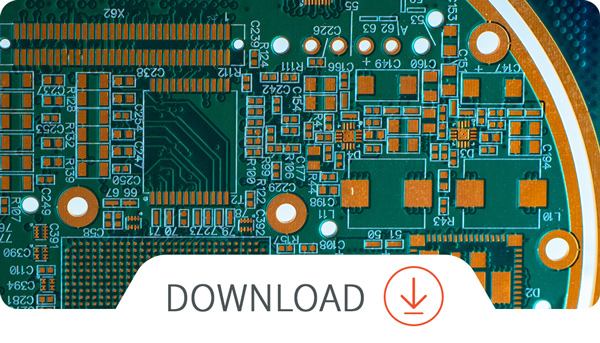The COVID-19 pandemic exposed the high exposure manufacturers faced regarding supply chain risks through the concentration of chip production across a few “gigafabs” located abroad, while demand for new smart products has never been higher, encouraged by telework and home schooling.
Company just-in-time and single sourcing policies collided with sudden trade restrictions and global transportation challenges. In some cases, manufacturers may only receive less than 40% of the necessary electronic components that are required to keep their production running, which can generate revenue losses ranging between -60% to -80% for specific product lines, and products missing from the shelves for end customers.
The biggest roadblock in switching chips is the necessary time to redesign the device software. The process often takes months and lots of additional workforce in order to adapt, recompile, retest and recertify software applications to reach the “production-ready” state.
Fortunately, mature software containers such as MICROEJ VEE greatly minimizes porting efforts by breaking electronic dependencies. As a result, software applications can be ported to a new electronic chip in the matter of 4 to 6 weeks.
It enables manufacturers to keep production lines running by sourcing their electronic components, including MCU/MPU, from different suppliers, when and where they can be sourced. The extra costs associated with managing multiple suppliers are greatly compensated by less risk exposure, predictable revenue streams, and productivity gains enhanced by software containerization.




